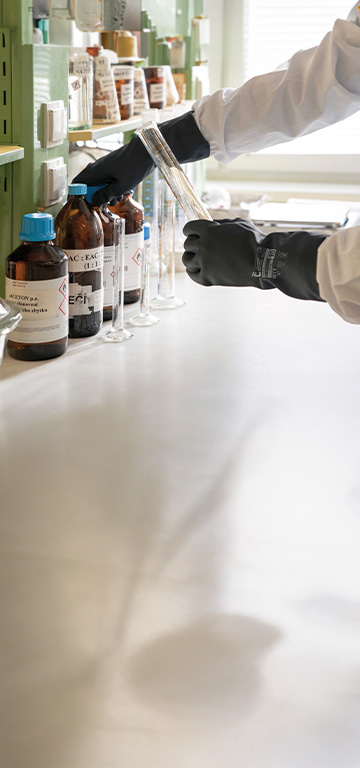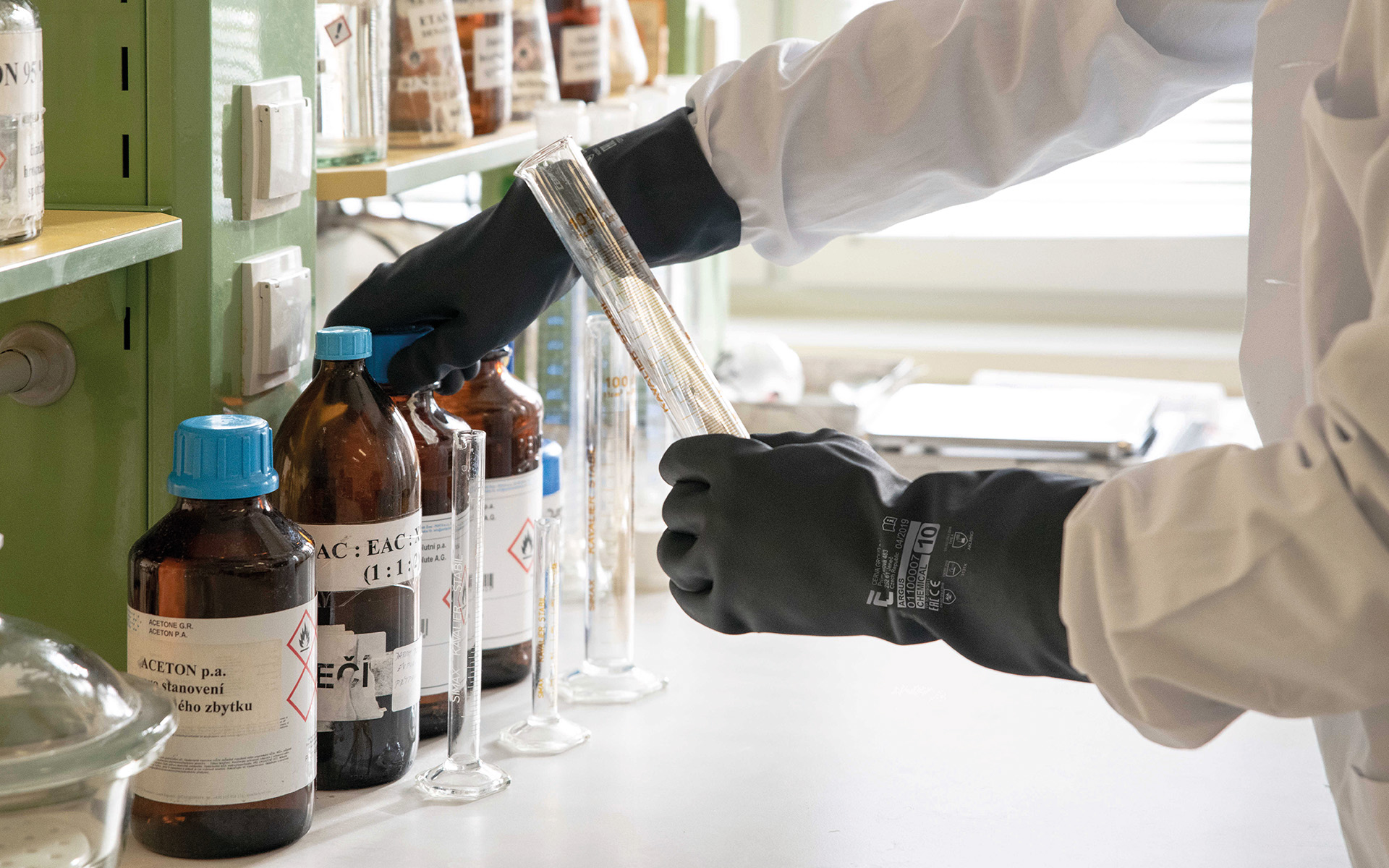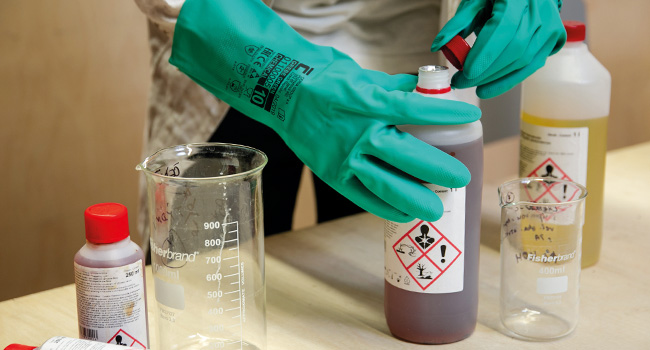
Chemical Hazards

Chemical Hazards
Chemical hazards account for up to 2% of workplace accidents in the Czech Republic. Surprisingly, these hazards aren't exclusive to chemical production facilities. They lurk in various settings, including construction sites, agriculture, paint shops, galvanizing facilities, and even hairdressing salons. Across the European Union, approximately a fifth of workers deal with hazardous substances, underscoring the pervasive nature of this risk. Let's delve into what chemical hazards entail and how to safeguard against them effectively.
Categories of Hazards
Chemical substances span a spectrum of dangers, categorized into four main classes. Physical hazards encompass explosives, flammable gases and aerosols, and oxidizing liquids—substances prone to triggering fires or explosions if mishandled. Improper handling can result in diverse injuries, from burns caused by combustible fires to skin irritation and internal organ damage from inhalation. Another significant category is health hazards, which encompasses substances exerting adverse effects on human health. While some substances cause immediate health issues, others pose risks only after prolonged exposure, elevating the likelihood of cancer, cardiovascular and respiratory diseases, skin ailments, allergies, and reproductive disorders.
Permissible Exposure Limit - PEL
Assessing the risk level of these substances typically involves determining their Permissible Exposure Limit (PEL). Even a modest 0.3 PEL denotes potential risk, with values between 1-2 PEL signaling work environments with discernible risks. PELs exceeding 2 indicate high-risk occupations, where hazards persist despite Personal Protective Equipment (PPE) usage, such as certain roles in chemical or biological laboratories.
| PEL 0,3 - 1 | denotes potencial risks |
| PEL 1 - 2 | signaling work environments with discernible risks |
| PEL > 2 | hazards persist despite Personal Protective Equipment (PPE) usage |
Risk Evaluation and Prevention Strategies
Safety data sheets
Accurate risk assessment hinges on comprehensive safety data sheets containing vital information on chemical substances, storage instructions, and accident response protocols.
Exposure scenarios
Derived from chemical safety reports, further illuminate substance production or usage and outline measures to mitigate adverse health and environmental impacts.
Proper labeling and storage of hazardous substances are imperative, alongside measures to prevent their leakage into the environment. Workspaces handling such chemicals must feature robust ventilation systems, conducive microclimate conditions, adequate lighting, potable water, first aid kits, and firefighting apparatus. Equally essential is the provision of certified PPE tailored for chemical hazards. Regular assessment of pollutant concentrations, coupled with thorough employee training on substance risks, PPE usage, maintenance, and storage, further fortifies workplace safety.
Protective Gear for Eyes and Face

Protective Gear for Eyes and Face
Given the susceptibility of the face and eyes to chemical exposure, employing closed glasses with indirect ventilation is prudent, shielding against solid particles, liquid splashes, aerosols, and gases. For environments involving highly reactive, corrosive, or toxic substances, supplementing with face shields is advisable. Moreover, installing eye wash stations or showers facilitates immediate first aid in high-risk settings.
Protective Gear for Respiratory Tract

Protective Gear for Respiratory Tract
Respiratory protection is indispensable in environments tainted by poisonous gases, vapors, aerosols, or fine particles. Effective solutions range from filter half-masks (respirators) to specialized masks equipped with gas valves and replaceable filters tailored to specific chemical exposures. However, these protections necessitate sufficient oxygen levels for safe usage.
Protection for Hands and Feet

Protection for Hands and Feet
Given the vulnerability of hands to chemical damage, employing chemically resistant gloves is paramount. These gloves, meeting the EN 374 standard, serve as barriers against liquid infiltration, safeguarding against burns, irritation, or chronic skin conditions. Likewise, wearing closed, chemical-resistant footwear with non-slip soles mitigates foot exposure risks.
Safety for Entire Body

Safety for Entire Body
In high-risk environments, comprehensive protection extends beyond hands and face to encompass the entire body. Certified overalls meeting European safety standards form a barrier against chemical exposure. Choosing the appropriate suit entails considering factors like chemical properties, toxicity levels, and exposure conditions. During garment changeovers, meticulous procedures, such as donning in uncontaminated areas and utilizing adhesive tape to seal openings, are imperative. Chemical coveralls certified according to EN ISO 14605 ensure effective sealing and complementation with suitable masks.